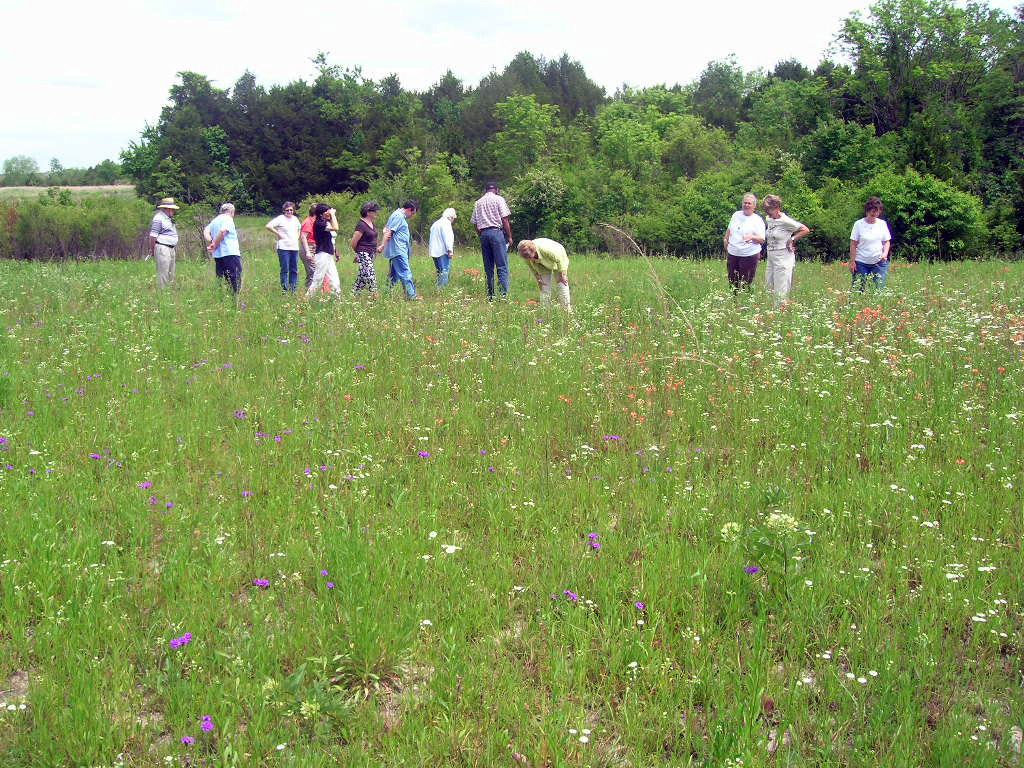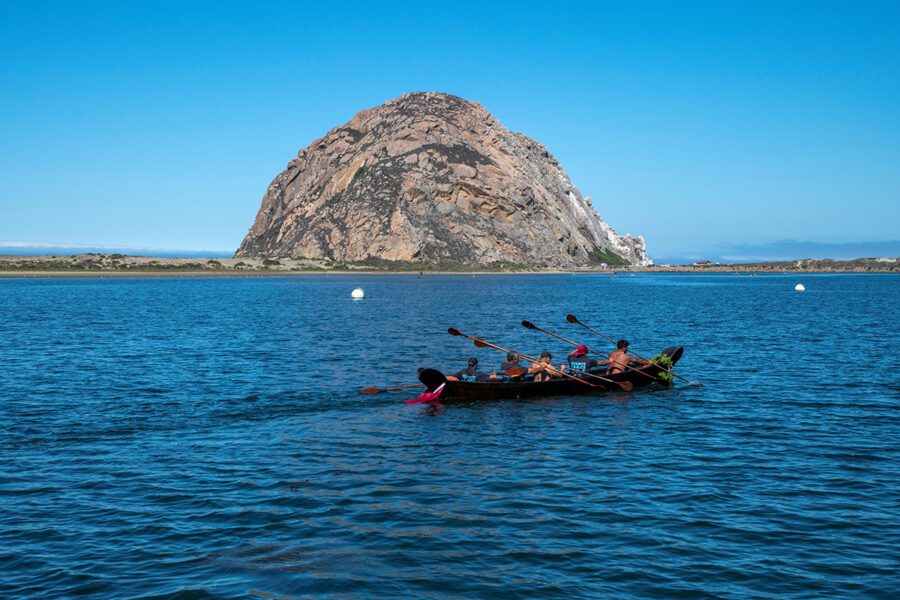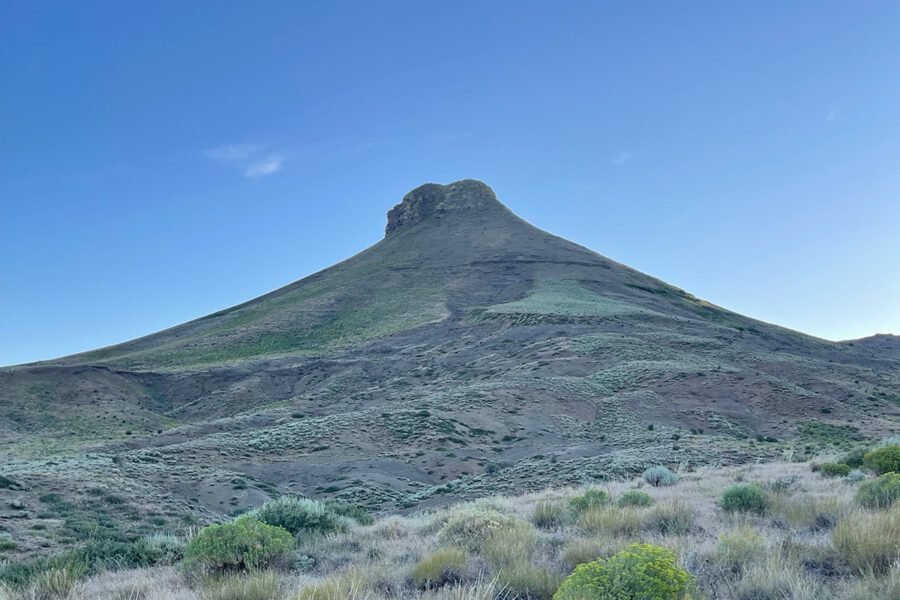Alabama River Diversity Network (ARDN) is a collaborative of more than 25 grassroots, statewide, and national organizations working to ensure that historically marginalized and non-environmental groups understand land issues and play a larger role in the landscape decision-making process. To increase its impact for local communities, the organization has centered its coalition building and conservation work on one of the most critical sub-regions in the state – The Alabama Black Belt. This area has played an important role in the country’s history, holding some of the most fertile soil and biodiversity – natural wealth that led to the forced removal of Indigenous communities and sustained the legal enslavement of African descendants. This region was home to some of the most critical events in civil rights history and the protection of its natural and historical elements have been at the forefront for many in the area.
For a number of years, ARDN and partners advocated for the creation of a National Heritage Area in Alabama’s Black Belt region. On January 5, 2023, the 19-county Alabama Black Belt National Heritage Area was designated, as part of the National Heritage Area Act of 2022. Moving forward, ARDN will begin the process of creating a partnership strategy that will help guide future management decisions of this important area. The process will elicit community input as it relates to cultural, natural, and historic sites, including the creation of green space and access to recreational opportunities. The strategy will include the development of county-wide councils representing local government, grassroots organizations, and individuals and will be reviewed by the National Park Service in two years.




